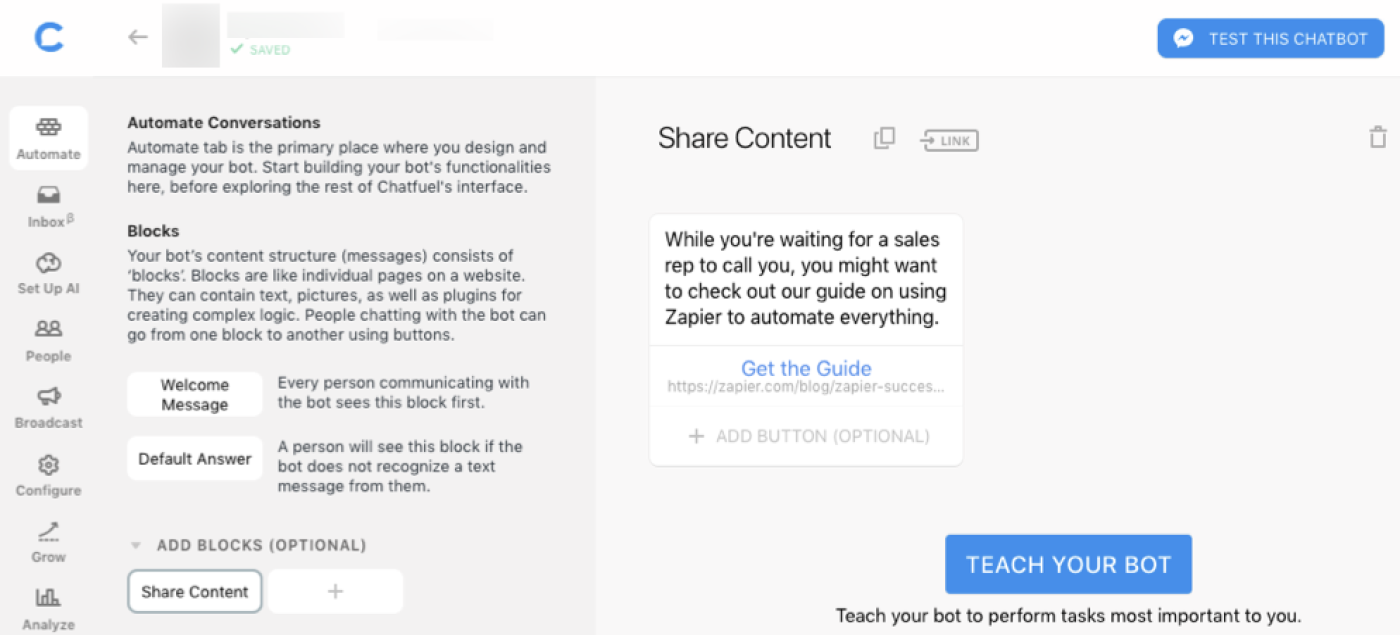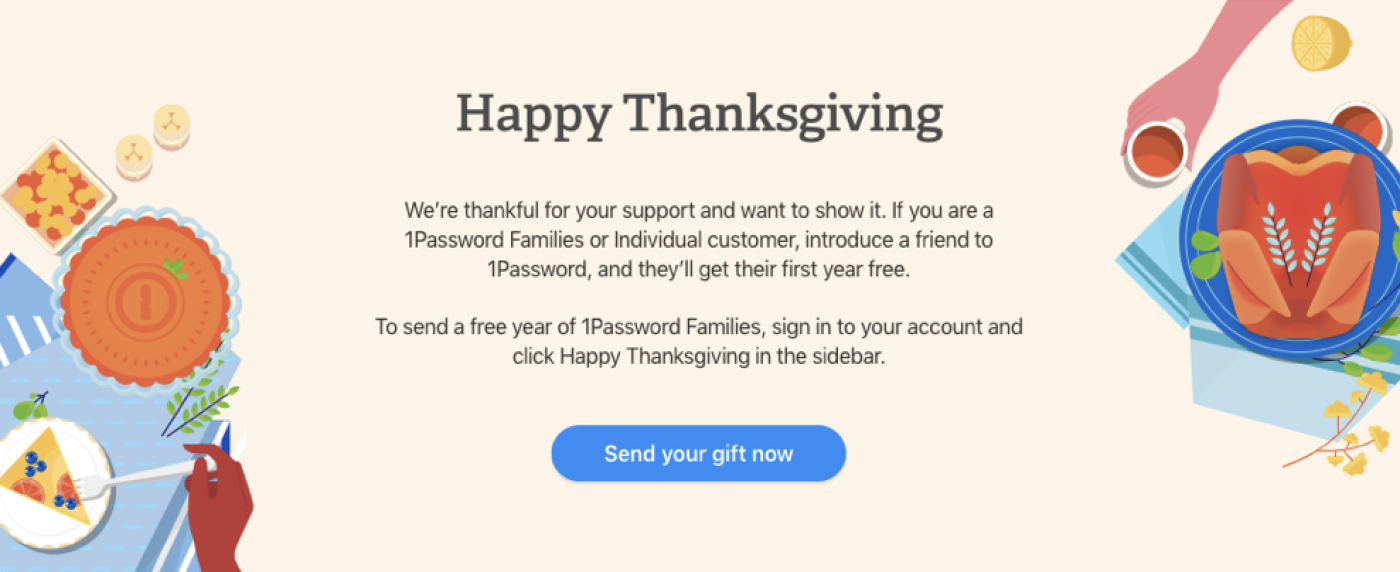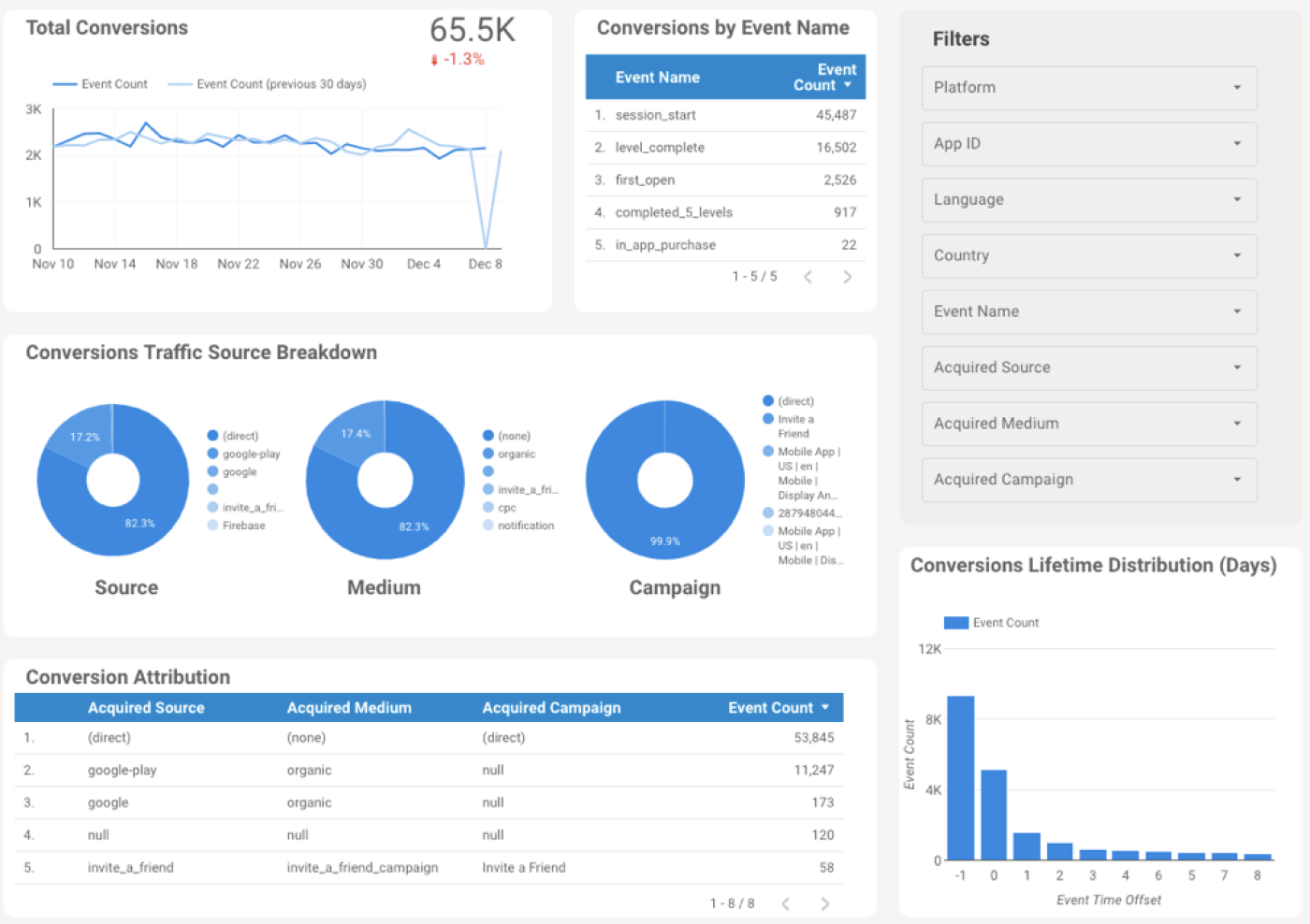"I'm not bad. I'm just drawn that way."
This immortal line by Jessica Rabbit from the 1988 classic Who Framed Roger Rabbit is funny, well delivered, and gives us a sneak peek into her inner conflict. I often think about it when talking to business owners and managers about why they're not using automation in their organization as much as they should—or at all.
Organizations aren't bad. They're just drawn without automation.
Successful business process automation starts with the right habits
As human beings, we develop and adopt our sets of habits. Some are good (get up at 5 a.m. to jog), and some are not as good (eat two donuts after coming back from jogging).
Businesses also have habits, but we call them processes. Processes are institutional habits we establish so that the business can function smoothly and consistently. Each department—be it marketing, sales, R&D, operations, or finance—establishes its own unique processes.
In the last four and a half years, my company, LeAndolini Solutions, has been working with businesses big and small on adding automation to their core workflows. What we've found: Most businesses are thinking about automation in the wrong way.
Shifting your mindset from "who will do it?" to "how will it get done?"
Companies of all sizes—from single-person operations to enterprises—all suffer from the same problem: There are always more tasks to be done than people to do them.
When the list of unassigned tasks gets large enough, people usually start asking, "Who will do this work?" But that question is based on the assumption that the only solution to the problem is to increase headcount. It's the wrong question to ask.
Hiring more people may not be the right decision. You may not have the budget for additional staff. Increasing headcount may destroy your profits. But when your approach to finding a resolution is asking, "Who will do this work?" it seems like adding people to the team is your only option.
Instead, teams should be asking, "How will this work get done?"
The first question directly implies more people. The second implies better processes and automation.
Asking "how" opens the door for automation as a solution
When you ask the question, "How will this work get done?" the question "Should this be automated?" follows naturally. And it's a question you and your team should be asking not only about new work you need to assign, but also about every task that anyone performs for their work.
Many organizations think of adopting automation as a massive effort. But it's automating the small tasks that really makes a big impact.
Out-of-office auto-reply is a great example. When you take time off of work, you need a means of letting people who email you know that you're out of the office. But that's not a task you would expect to assign to someone—replying individually and manually to all of your emails to tell people you're away. Instead, you use auto-reply to reply to emails instantly and automatically.
There are a lot of small, repetitive tasks that people perform every day as part of their work that—like sending out-of-office replies—are better handled with automation. These are the opportunities you'll discover when you start asking how instead of who.
Here are a few examples of small automations our clients have implemented that made big differences in productivity.
Automating your lead generation, nurturing, and sales processes

As your company ramps up its marketing efforts, interest from prospects rises, and people turn to your digital assets—your website and social media profiles—with questions. This is where chatbots come in handy as a great tool for automating the lead generation process.
Take Facebook Messenger, for example. Prospects who come across your Facebook page or ads will often want to ask a question, so they turn to the page's Send Message button in order to converse with your company.
This is nice at first—you engage with future prospects, answer their questions, and maybe get their phone number in order to complete the sale with a phone call—but it becomes impossible to manage manually once your marketing starts working really well.
Moreover, your sales reps work within your CRM—not within Facebook Messenger. They may not even be aware that a new lead has come in if it doesn't appear in the CRM.
This is where automation with chatbots comes in handy. A chatbot will converse with the leads within Messenger automatically; grab their phone number, email, or both; and—via Zapier—send it to the CRM for your sales team to continue the conversation and convert the lead into a paying customer.
There are many platforms for building chatbots, but two of the leading tools are Chatfuel and ManyChat. Both can send leads to your preferred CRM using Zapier: Via JSON API in Chatfuel, or with a ManyChat Zap (automated workflow by Zapier).
More details
An additional benefit of automating the lead generation process using chatbots: During the conversation with the lead, the bot can send the lead additional content to keep them engaged with your company until the sales rep makes the call. Automating additional content helps prevent the lead from engaging with your competitors and builds your authority with the lead.
And engagement isn't limited to Messenger: If the bot is designed to capture the lead's email address (usually through the promise of quality content), you can use Zapier to send the lead's contact information to your email marketing platform to start engaging with the lead via email:
More details
More details
This is important because often a sale is not won in the first call. Most leads enter a follow-up stage inside the sales process. Automating both additional content and reminders (be it via email, SMS, or Messenger) helps the lead stay engaged throughout the sales process—all while clearing up your sales reps to talk to, engage with, and close other leads.
Automating conversations, content, and reminders is a great implementation of "How will this get done?" instead of "Who will do it?".
Editor's note: Looking for the right Facebook Messenger chatbot for your business? Take a look at our showdown: ManyChat vs. Chatfuel.
Automating referral generation
Your business has customers, but are you leveraging your existing customers to acquire new ones? For many companies, word-of-mouth is a great marketing channel: Your existing customers are excellent advocates for your product among their friends and coworkers.
However, the process of encouraging referrals for many sales reps is saying something like, "If you come across a friend or colleague that may need our services, give them my phone number!" The new client will nod in response (even if it's on the phone, they will nod). Your sales reps will feel good about themselves for having mentioned referrals, but the chances of an actual referral being generated from this are next to nothing.
Automation is the perfect solution for growing your client base via word-of-mouth without increasing your marketing budget and—just as important—making sure that the process is executed every time and in perfect form, regardless of whether the sales rep remembered to mention it before moving on to the next sales call.
All you need is a lucrative referral program—an incentive for people to refer—and the right tools to automate your referral program.

Once your referral program is well defined—you've determined how clients will refer friends, how you'll document referrals, and how clients and sales reps are compensated for them—you can turn to automation to make it happen.
The CRM your company uses must be able to trigger Zapier whenever a deal is won. Common CRMs such as Pipedrive, Zoho CRM, and Salesforce enable that with their native Zapier apps.
More details
More details
More details
If your CRM does not provide such a trigger, you will need to connect it to Zapier via webhooks.
Once that is done and a new sale triggers Zapier, you can send the client to a dedicated autoresponder sequence which details your company's referral program and benefits and provides them with a means for spreading the word.
Of course, you're not limited to email autoresponders. For one of our clients, we designed a WhatsApp-based referral program. With WhatsApp being a hugely popular communication channel for people, we wanted to help spread the word in the medium where people are.
The most important thing to note is that each client must receive a unique referral link—most often shortened using Zapier's URL shortener—which, when used, updates the CRM with the newly generated referral as well as its source.
For example: When Danny refers Joanne via the automated referral program, you want your sales rep to see, in the CRM, that Joanne was referred by Danny. Then, that sales rep can say, "I see that Danny referred you. How do you guys know each other?" This is a great way for Joanne to warm to your company, and it increases the chance that Joanne will convert.
Additionally, once Joanne becomes a client, we want Danny to be automatically notified—and perhaps encouraged to refer more of his friends. Now you have both Danny and Joanne referring their friends, and the spider web spreads automatically.
Eliminating the Tower of Babel with common dashboards

Every department in a company speaks a different language.
Take marketing and sales as a simple example. Marketing wants to know which campaign produced the most leads, data which is usually visible inside the ad manager. Sales, on the other hand, is interested in deal velocity (how fast a deal is won or lost), data which is kept within the CRM.
However, if you combine both sets of data, you get something even more powerful. In this case, you get to measure which campaign produced the quickest win rate.
Imagine injecting this data back into your decision-making process on which campaign to promote more. Done correctly and in real-time, this could have an immediate impact on your company's bottom line and overall win rate.
However, most companies use separate systems for marketing and sales data. Generating the cross-analysis data described above often involves downloading spreadsheets, cross-referencing data, and creating pivot tables and charts. It's not a real-time process.
In comes Google Data Studio with its ability to generate beautiful and insightful dashboards based on data in Google Sheets. And while it has its limitations (such as the number of components per dashboard or Google Sheets' limitation on the number of rows and cells in each spreadsheet), it's still a great (and free!) way to visualize data.
But even with Google Data Studio, data still needs to be uploaded to Google Sheets by both sales and marketing. In that case, we're back to the non-real-time analysis. This is where automation comes in.
Take all marketing parameters (usually referred to as UTM or REF parameters), and upload them to the CRM with each lead generated. If you're using a landing page to capture leads, make sure that it integrates with Zapier and that all the parameters are sent to Zapier for each lead. Landing page platforms such as Leadpages, Unbounce, and Pagewiz support this with their native Zapier integrations.
Next, create a Zap that sends each new deal in the CRM to a Google Sheets spreadsheet with all marketing parameters:
More details
More details
More details
More details
Last but not least: When a deal is won (either when the client makes a purchase via your payment page or a sales rep converts them), update the lead's status and won time in the proper spreadsheet, and let Data Studio do the heavy lifting (or in this case, the heavy visualizing) for you.
This is just one example of how a unified, cross-departmental, and automated dashboard can improve your company's bottom line in real-time. And it's another habit that every company should adopt.
Finding your business's automation opportunities
Adopting a chatbot for lead generation isn't a major effort, but it helps to maximize your marketing budget without increasing headcount.
Creating a common dashboard isn't a major effort, but it makes a huge difference in how your teams communicate and collaborate across the organization.
Adopting automation doesn't have to be a massive undertaking. Start by asking the right question: "How will this work get done?" Automate the itch you need to scratch every day for a quick win. The more you and your team ask the right questions, the more opportunities you'll find to automate your work and create more productive processes.
Like people, organizations have habits. The goal of the organization is to uphold and amplify the good habits while eliminating the bad habits.
Asking "how?" is a good habit for everyone on your team to adopt. And automation cements those good habits, making sure your new processes run 24/7.
This was a guest post from David Zisner. Want to see your work on the Zapier Blog? Check out our guidelines and get in touch.







